An analysis of the genomes of more than 200 butterfly and moth, Lepidoptera, species reveals that genetic framework of what is ostensibly a very diverse group of insects, has remained remarkably stable since they diverged from their last common ancestor over 250 million years ago.
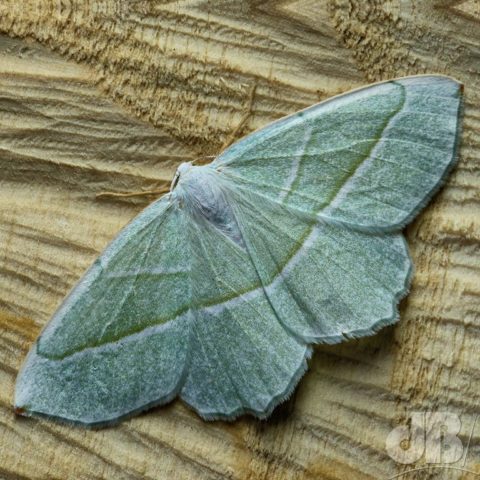
In a study published in the journal Nature Ecology and Evolution, shed new light on the evolutionary history and genetic structure of the Lepidoptera, which could help in conservation efforts for what is an incredibly important group of pollinators, food source for birds, bats, and other creatures, and a vital part of a healthy ecosystem and environment. I’ve discussed the importance of moths and mothing on Sciencebase before.
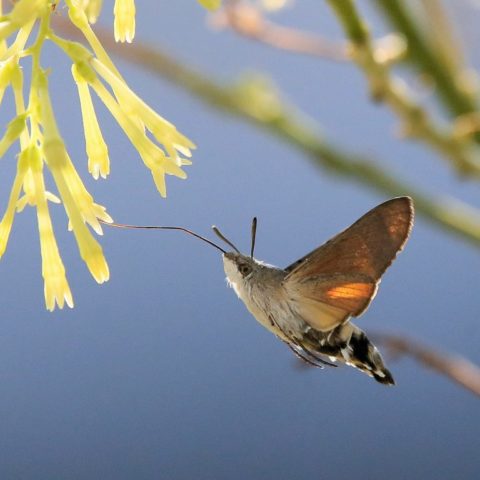
Despite the wide range of physical appearance and behaviour of the Lepidoptera, of which there are some 160000 extant species around the world, the team has demonstrated that 32 ancient chromosome building blocks, termed “Merian elements,” have changed little in 250 million years and remain consistent across most species. Even the arrangement of genes within these chromosomes has shown consistency over time.
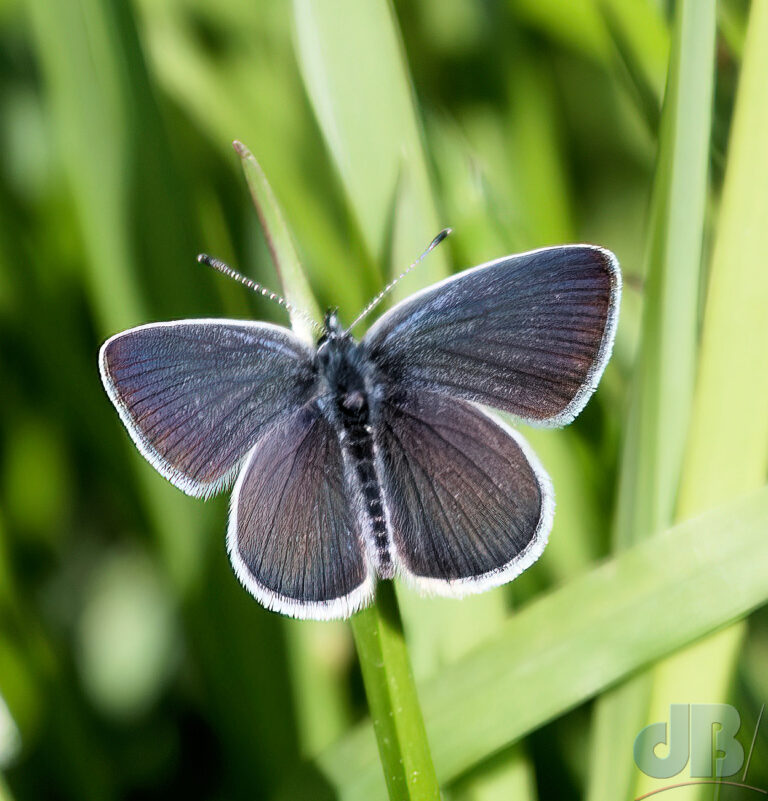
However, some species, notably the Blue butterflies (Lysandra) and the White butterflies (Pieris), exhibited significant chromosome rearrangements, deviating from the typical genome structure. These exceptions offer insights into the mechanisms driving genetic diversity within Lepidoptera.
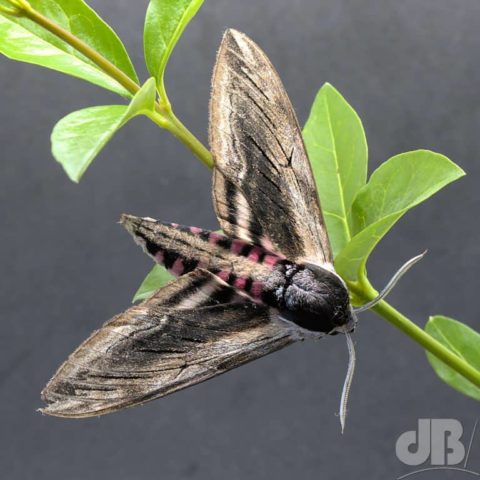
The study’s implications extend beyond entomology. By understanding the genetic foundations of butterflies and moths, researchers can inform conservation strategies. This knowledge could assist targeted conservation efforts, ecosystem health monitoring, and adaptation to environmental changes, particularly those related to climate change.
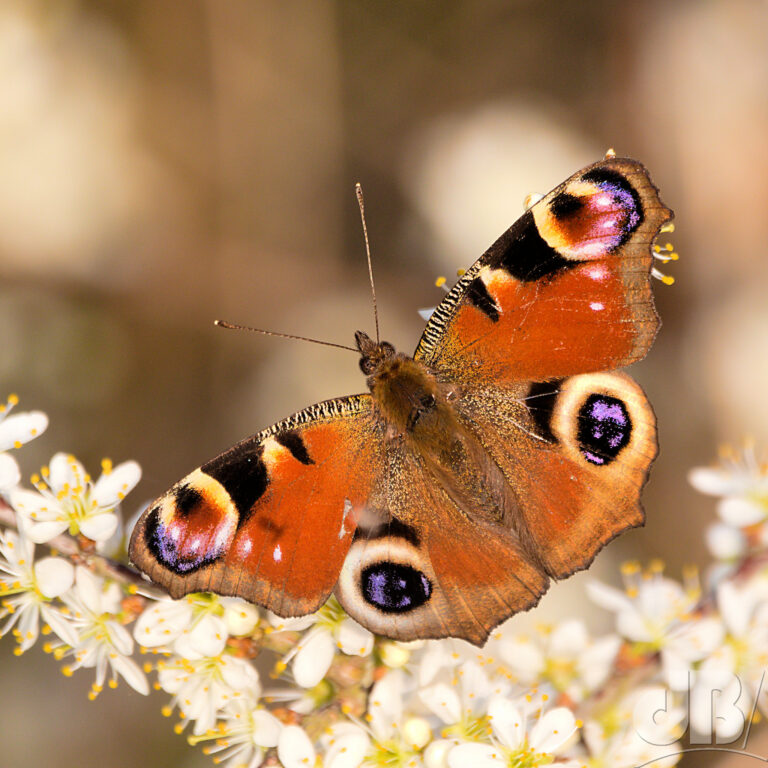
Additionally, this research aligns with broader initiatives such as the Darwin Tree of Life Project and the Earth BioGenome Project, aiming to sequence and understand the genetic makeup of all life on Earth. By unravelling the mysteries of Lepidoptera genetics, scientists contribute to a deeper understanding of biodiversity and evolutionary processes.
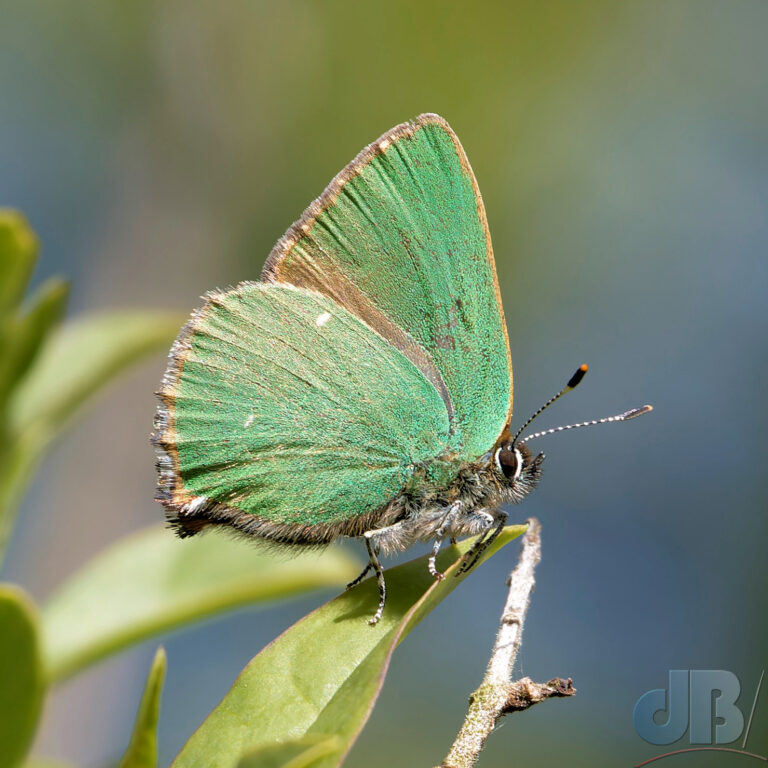
Understanding butterfly and moth genetics not only provides insights into their past but also lays the groundwork for more effective conservation strategies to protect these important pollinators and herbivores in our ecosystems.
Wright et al. (2024) Nature Ecol Evol – Comparative genomics reveals the dynamics of chromosome evolution in Lepidoptera